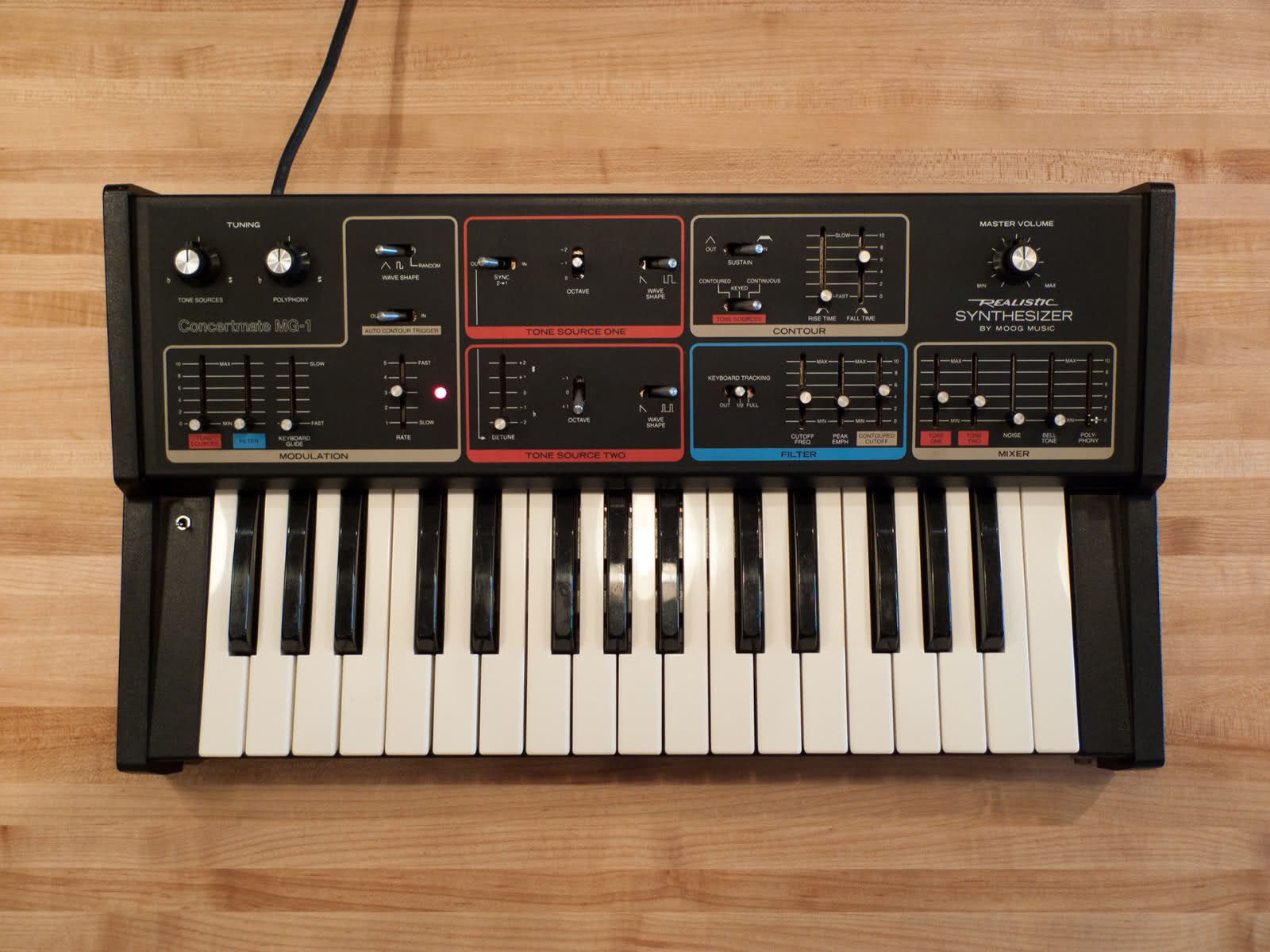
Realistic MG-1
This is a collection of modifications for a Realistic Moog MG-1 to add MIDI control, filter input, and other improvements. The MIDI input allows the MG-1 to be played or sequenced externally, freeing your hands to control the MG1 in real-time. The filter input accepts line level input which can be driven to distortion at high levels. The routing gets interesting when you combine MIDI control with filter input - you can send the audio and MIDI output from a MIDI synth or computer to the MG1. With keyboard tracking set to full, the VCF frequency tracks the MIDI CV, allowing control of the filter cutoff as well.
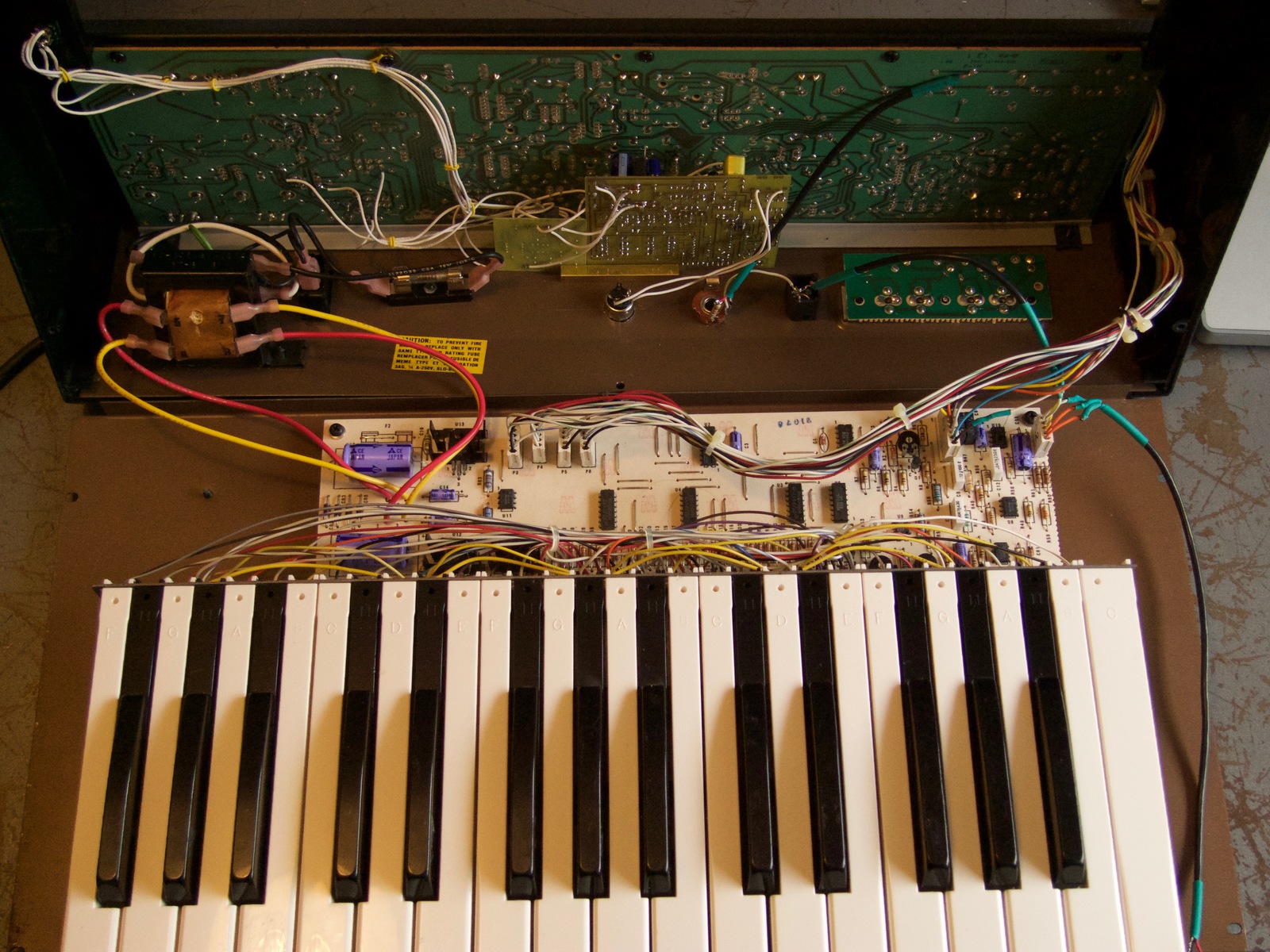
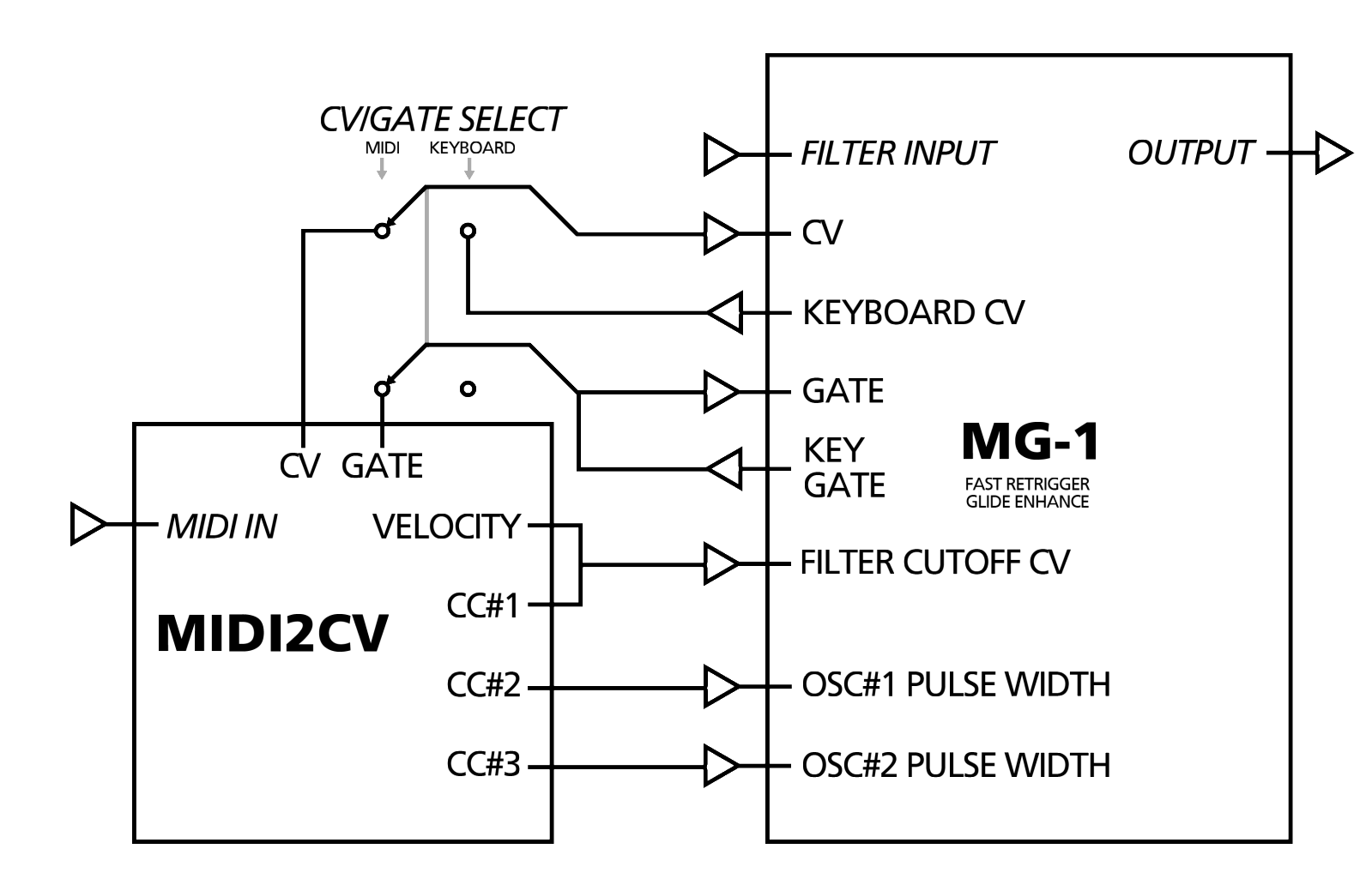
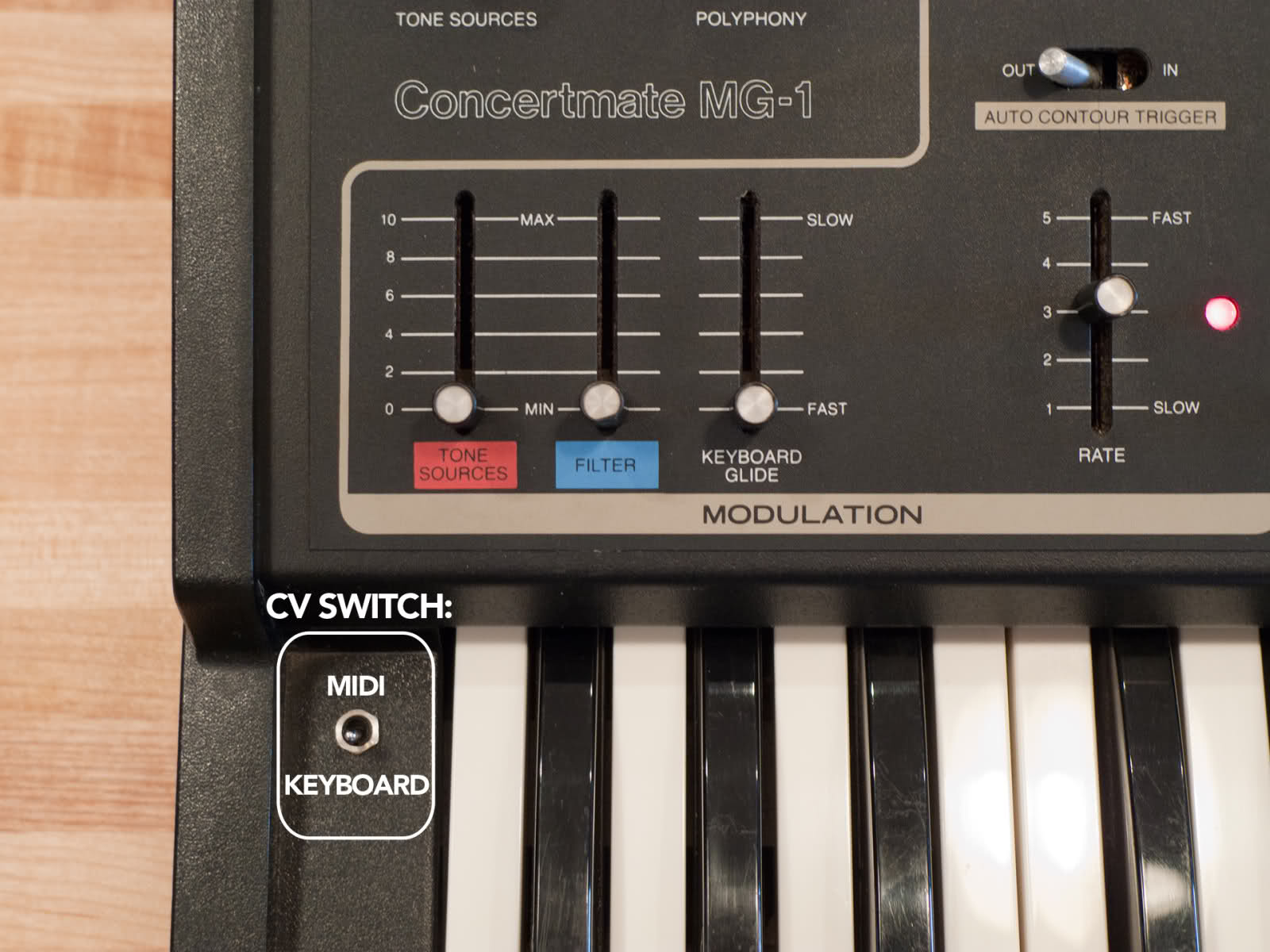
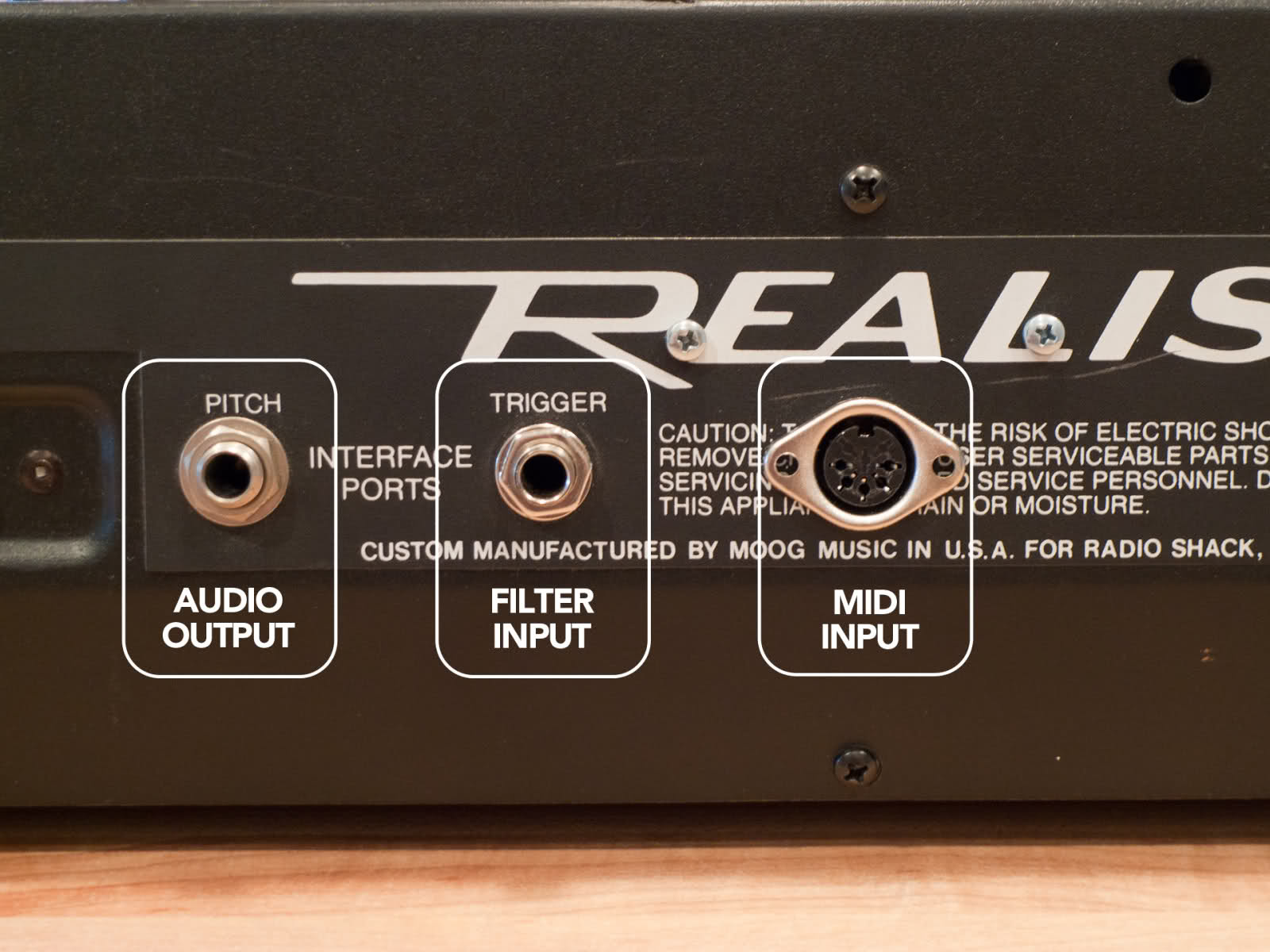
These modifications transform the existing MG-1 into a responsive and MIDI-controllable vintage Moog synthesizer.
MIDI Input
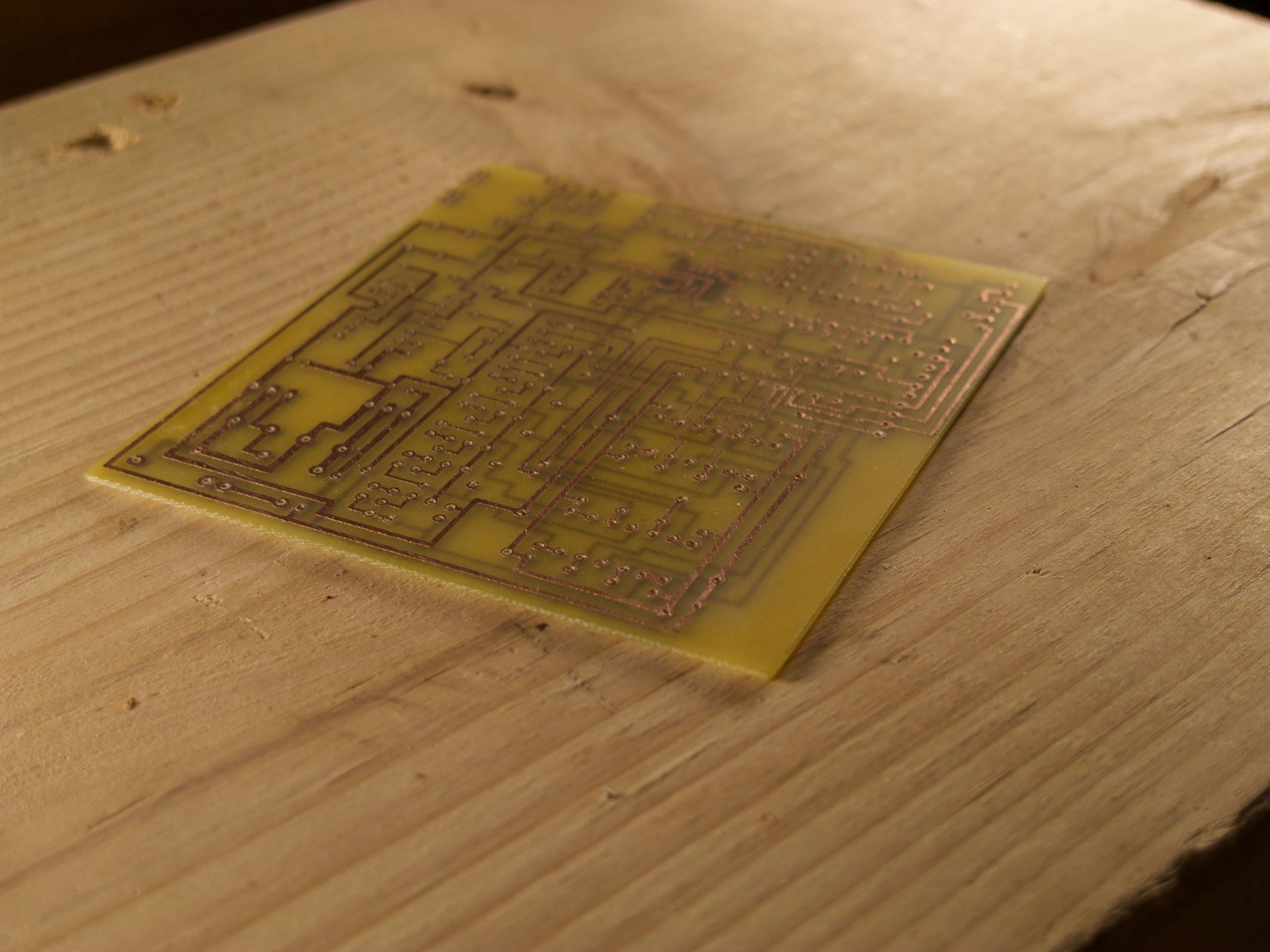
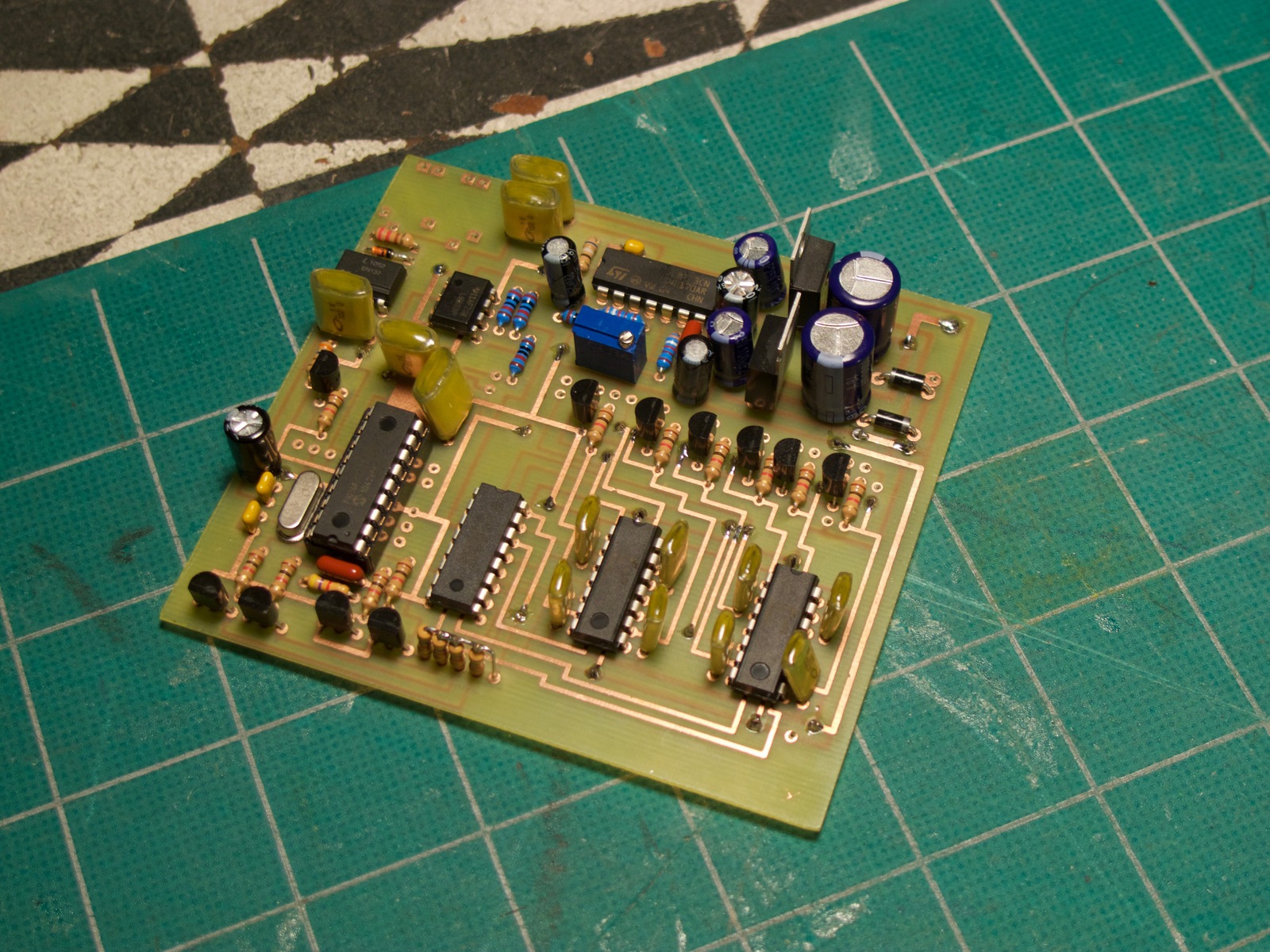
- Notes - CV/Gate
- CV/Gate (From MIDI or Keyboard) Select switch (left of keyboard)
External audio input to filter
- Line-level audio can be filtered though the 24-dB Moog VCF
1/4" Audio jacks for input and output
- Audio is routed through the pre-existing but unused pitch and trigger jacks to preserve the MG-1 aesthetics.
Improved gate response
- Improves the rate consecutive-notes can be played on the internal keyboard
Multitrigger & continuous glide
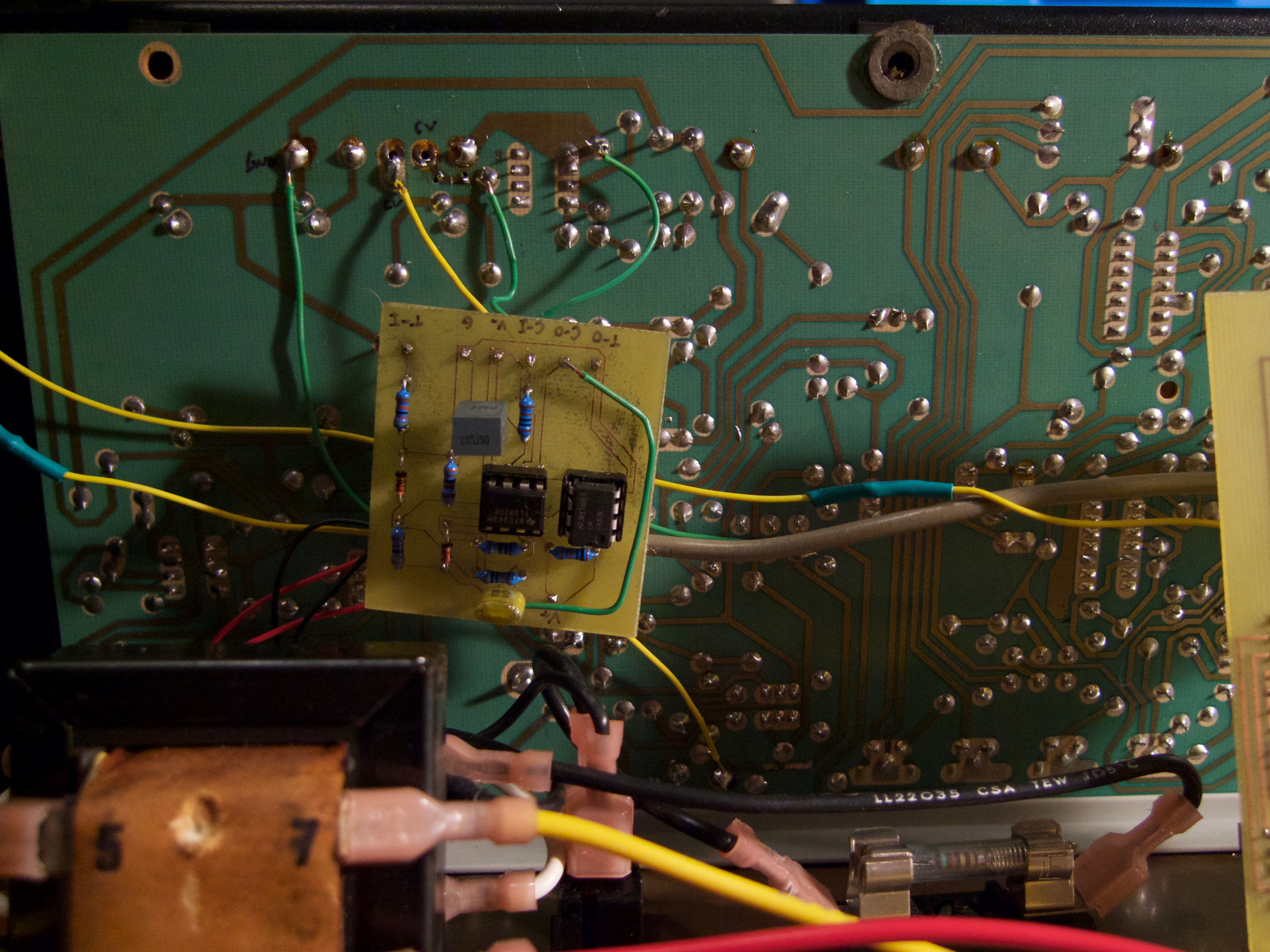 Debugging connections before final install
Debugging connections before final install
- Adds Moog-style low note priority and retrigger - the gate retriggers when an additional higher note is played and when the higher note is released
- The glide continues to the note played even after the note is released. Normally, the pitch stops gliding when the note is released, commonly off-pitch between notes.
Octave pitch drop
- This modification allows the MG1 to cover the octave essential for bass notes in tracks.
Pulse-width modification
- VCO 2 has been modified and now has a pulse width of 50% (from a thin-sounding 10% pulse width) - both oscillators now have very rich sounding 50% pulse width square waves
Sticky black foam removal
- Remove the sticky black foam from your MG-1. Originally, I think the foam acted as a 'blanket' between the body and pcb, but over time the foam disintegrates into a thick almost tar-like substance. It's best to remove the foam before it completely decomposes.